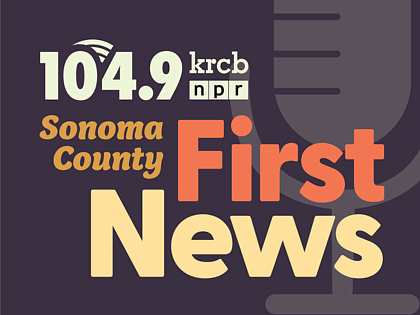“I think what’s happening now is an ethical challenge, and that is, by accepting patients from other parts of the state, is there a risk of jeopardizing the ability to treat patients in your own community?” said Carmela Coyle, CEO and president of the California Hospital Association.
Gov. Gavin Newsom and Dr. Mark Ghaly, the state’s health and human services secretary, have said repeatedly that hospitals are ready to absorb a surge — it’s what they prepared for in March and April. Still, the governor has ordered that 19 counties on the state’s watch listroll back on their reopeningahead of the holiday weekend, citing concerns over the growth in the state’s ICU population. Imperial was the first to get this order.
As of July 1, state data show,3,451 ICU bedswere available statewide. But that number includes neonatal intensive care (NICU) beds for newborns, the California Department of Public Health confirmed. That means that the number of intensive care beds available for adults, which make up the vast majority of hospitalized patients, is significantly less.
“Of course we can’t use a NICU pod for an adult,” said Coyle. According to her estimate, the number of ICU beds available for adults was closer to 2,200 on June 30 — and those are beds for anyone in critical condition, not just COVID patients.
Several hospitals in the Bay Area are also feeling pressure from the outbreak in San Quentin State Prison, where more than 1,000 inmates have tested positive for COVID-19. As of June 30, 28 inmates had been hospitalized, “with the expectation that those will rise quickly,” Coyle said.
“We now have the Bay Area largely focused on the San Quentin challenge, which means they are unavailable to take patients out of Imperial County,” she said.
During a Wednesday hearing before the Senate’s Public Safety committee, Clark Kelso, a court-appointed federal official who oversees health care in the California prison system, said that Marin General Hospital, San Quentin’s primary local hospital, does not itself have resources to meet the prison’s needs.
Marin General’s emergency department often helps stabilize patients before transferring to other hospitals, but soon it may not even have the capacity to do that, Kelso said. “If it appears that Marin General cannot handle the flow, arrangements will be made to transport patients directly to other hospitals, so as not to overwhelm Marin General’s resources,” he said.
St. Francis Memorial Hospital in San Francisco and Seton Medical Center in Daly City are among the hospitals also treating inmates from San Quentin.
Los Angeles County health officials also expressed concern over their ICU bed count this week. “ICU beds are always one of the most limited resources within hospitals,” said Dr. Christina Ghaly, director for the county’s department of health services.
She explained that the county’s increase in infections is among younger people who are less likely to need an ICU bed. But even with that limited use, if hospitalizations continue to trend up at the current rate, the county might soon use all of its currently available ICU beds.
In preparing for an anticipated mid-May surge that never occurred, the state asked hospitals toincrease their overall bed capacity. They did this by turning operating rooms, recovery rooms and other spaces into areas where COVID patients could be isolated. And they continue to do so. In Imperial, the state recently helped the county build30 more ICU beds.
But building critical care capacity isn’t only about beds, it’s also about having adequate staffing levels to treat these patients, Coyle said. Even if a physical bed is available but there isn’t enough staff to tend to it, the bed can’t be activated, meaning that a county’s bed capacity may actually be smaller than displayed in state data, she explained.
The overwhelmed San Antonio hospitals, for example, have alreadycalled up 800 nursesfrom other parts of Texas and from the U.S. Navy.
Edward, at El Centro Regional Medical Center in Imperial, said that for weeks he’s asked the state for help in securing additional staff. At a hearing this week, he told legislators his hospital needed four more ICU doctors, and an additional 28 registered nurses and 14 respiratory therapists to meet current demand. On Thursday, he said the state was helping the county with a contract for extra temporary staff.
The 80-bed alternate care site at Imperial Valley College is also being updated so that those beds can be used for more ill patients, Edward said.
Such investments are necessary, so that the county’s health system can tend to its own patients, he said. Because if a more widespread surge happens, he’s not sure a transfer system would even exist.
“At some point, hospitals tell us, ‘Hey, we can’t take your transfer because our community’s numbers are going up,’ so then our concern is, where does the next patient go?”
His next immediate worry: more pressure for beds and staff in the weeks following the Fourth of July weekend.

 Live Radio
Live Radio




